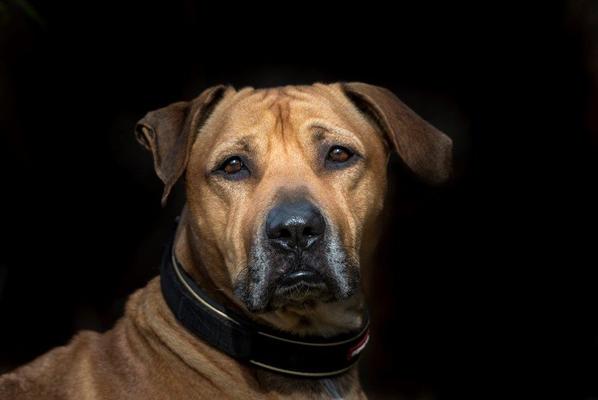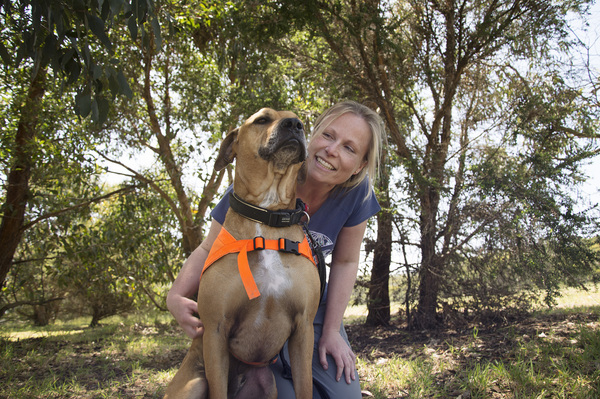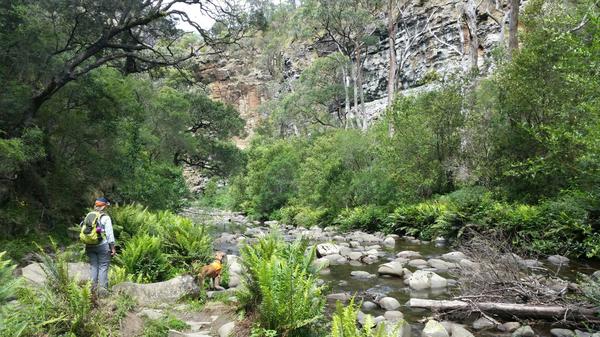
By JOHN VAN KLAVEREN
A dog rescued from Geelong’s animal pound as become the pride of the Otways after making a crucial ecological find last week.
Detection dog Ted, along with owner Lizzie Corke, discovered wild quoll scat in the Cumberland Valley of the Great Otway National Park.
Tiger quolls are highly endangered and evidence of their presence in the Otways was only rediscovered in 2012.
Ms Corke, also chief executive of Cape Otway’s Conservation Ecology Centre, said the discovery was important because evidence of tiger quolls was so difficult to find.
“Ted was so proud of himself when he made the find – he knew it was momentous,” she said.
Ted is a member of Otways Conservation Dogs, a team of owners and canines that are on a mission to help protect the endangered tiger quoll from extinction.
“The program involves a team of community volunteers working with their own dogs across a wide range of breeds, trained to work with minimal environmental impact to detect scats (droppings) of the endangered species.
“These scats have the potential to provide vital information to ecologists, significantly assisting conservation efforts.
“Finding evidence of tiger quolls is very challenging. Since the species’ rediscovery only four confirmations have been made and this has been far and wide across the region.”
Ms Corke said Ted was adopted two years ago as a family pet after being found wandering the streets of Geelong and ending up with Geelong Animal Welfare Society (GAWS).
“He was in pretty bad condition and very scared. It took a long time for him to realise the world wasn’t going to be bad to him.
“But now he’s very confident and comfortable with his surrounds and he’s turned out to be an incredible detection dog.
“He absolutely loves it and he has a nice mix of bonding with people while maintaining independent thought.
“There’s a balance between communicating with the owner while not being entirely guided.
“It’s a team effort rather than direction. Dogs with noses contribute to the conversation.”
Conservation and research manager Dr Jack Pascoe said Ted loved being a detection dog.
“He works tirelessly in difficult terrain and is absolutely dedicated to the search,” Dr Pascoe said.
“He knows he has a very important job and our ecologists feel privileged to work alongside him and the rest of the Otways Conservation Dogs teams.”










